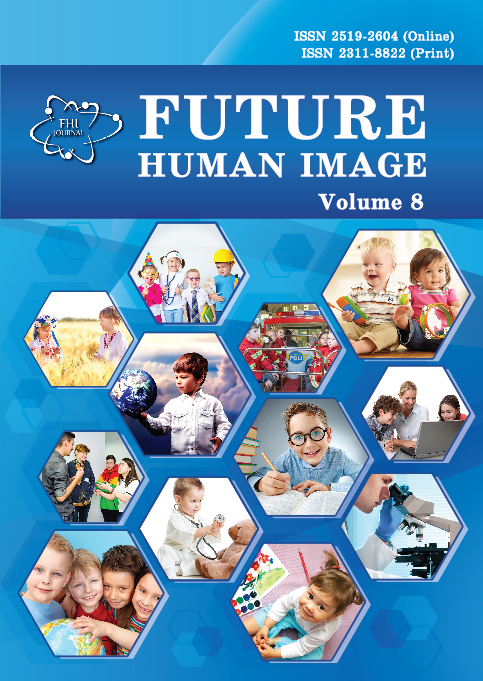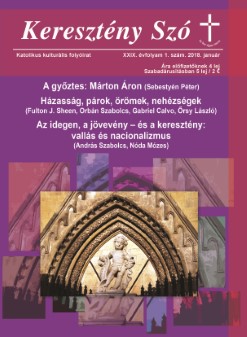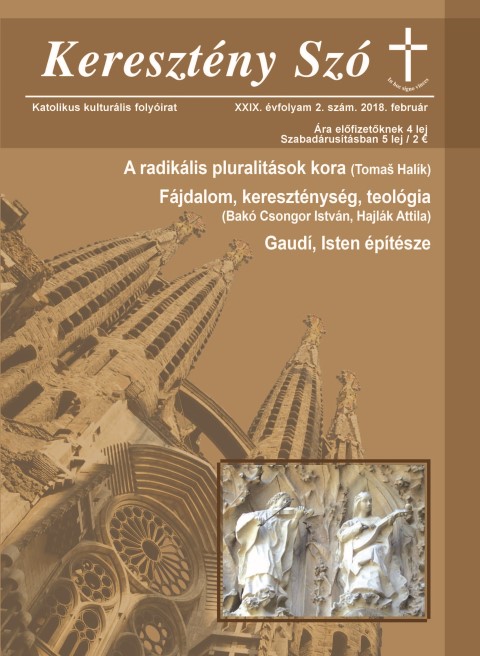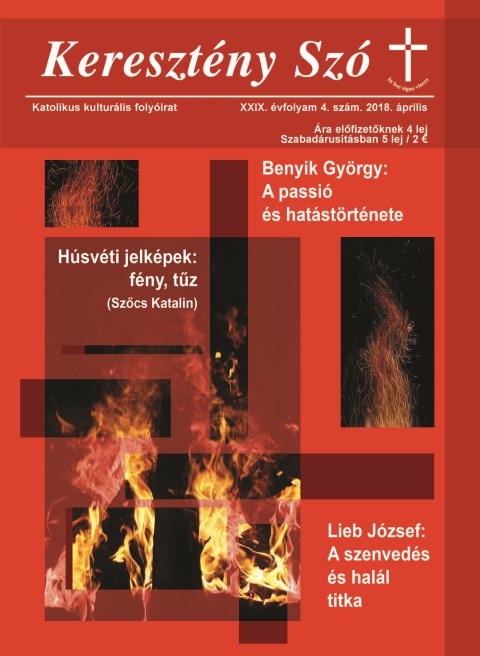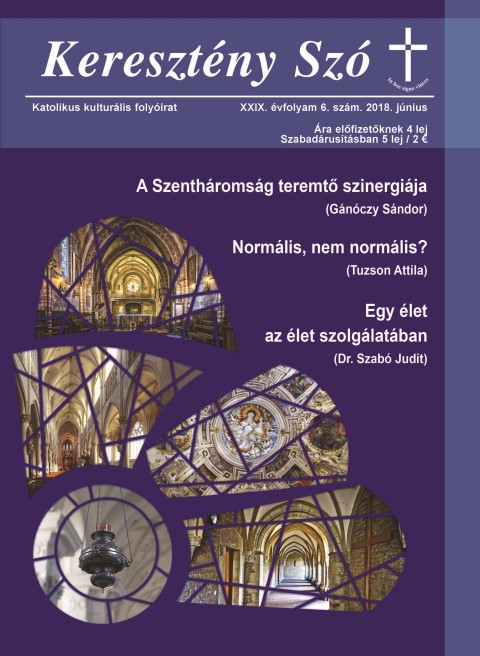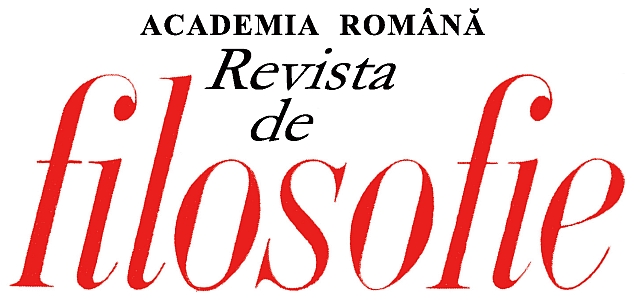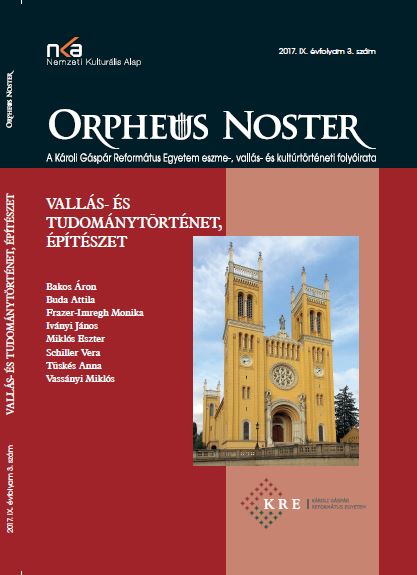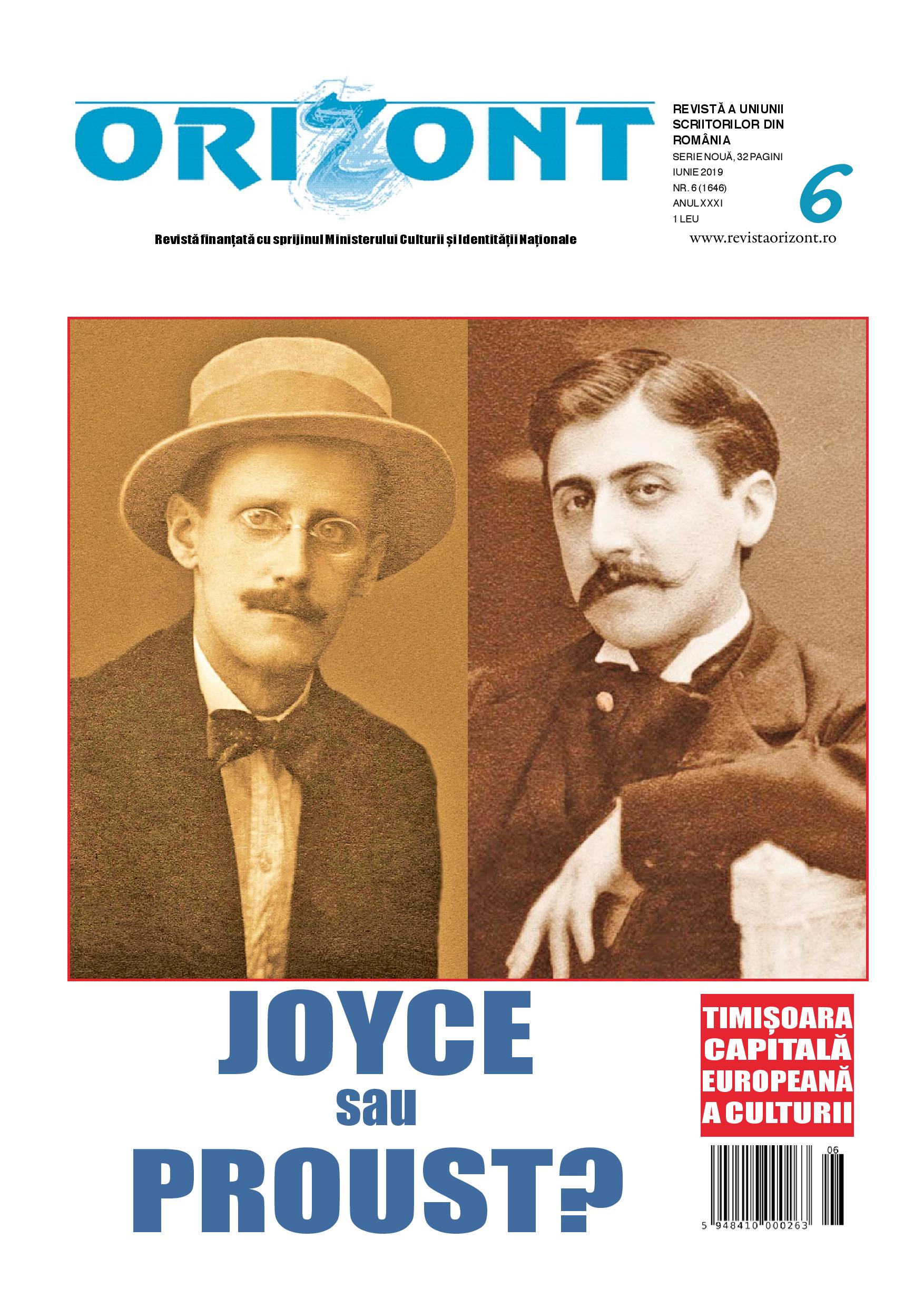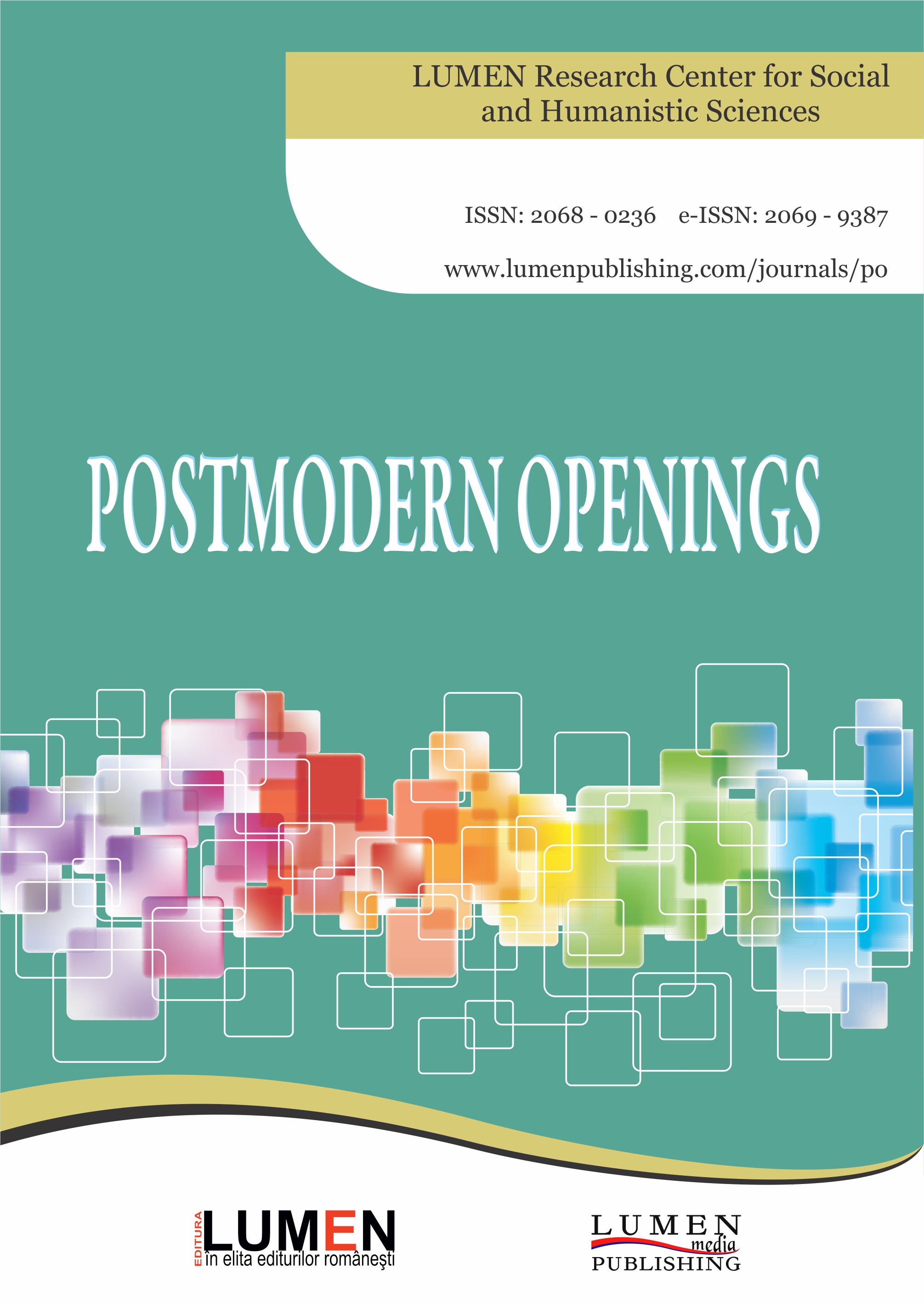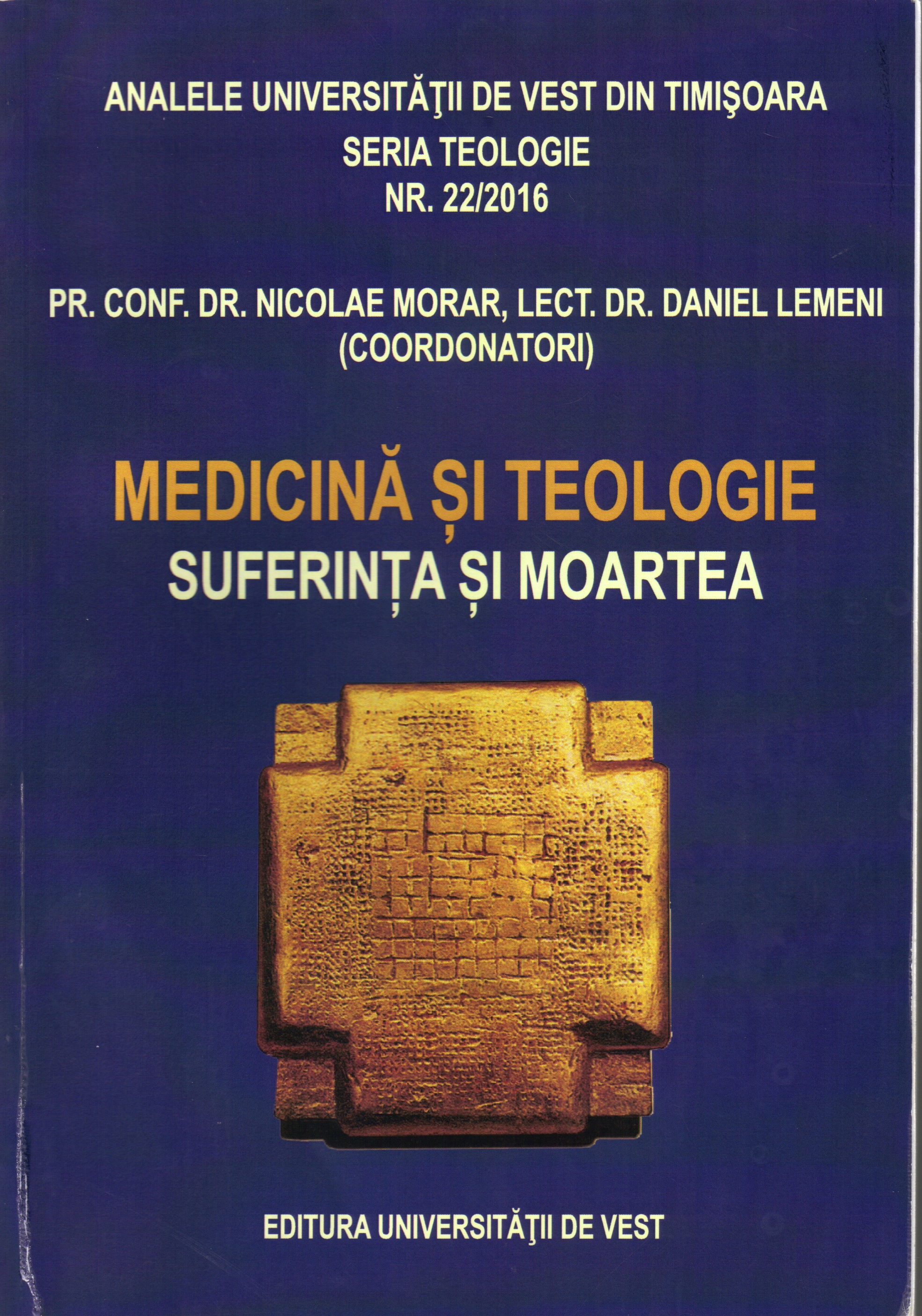
ANESTEZIA ŞI TERAPIA INTENSIVĂ
In the medical landscape, disease and illness as byproducts of life in the flesh were understood by theology as participation in God’s saving activity and interaction in the created world. From this perspective, the anesthesia or intensive care is a story that demonstrates into the banality and pain of human existence. At this point the theological norms, historical traditions, social and human needs etc become critical and insignificant. According Cioran „all saints are sick, but luckily not all sick people are saints... Through sickness we understand the saints, and through them, the heavens”.
More...
